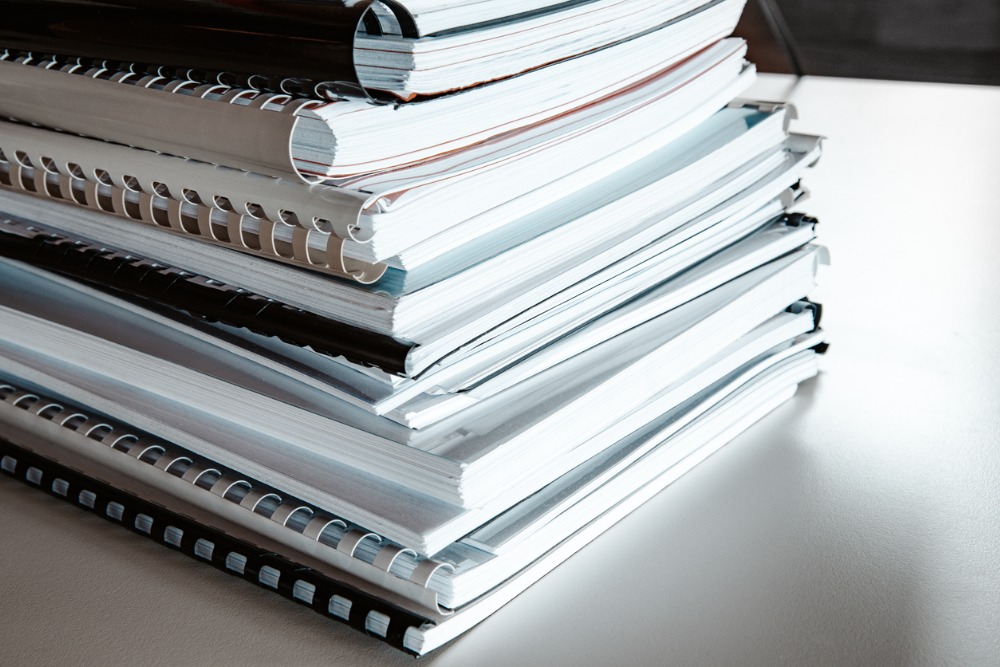Installing multiple desktop printers in every office isn’t always a good idea. Office equipment can cost a lot of money, and making the wrong choices can lead to underwhelming returns on your investment. But if you know your printing volume needs, you should be able to optimize your buying strategy and get better equipment – perhaps a production printer.
Naturally, a few types of printers seem like the best choice after a traditional desktop or multifunction printer. So, here’s a rundown of your available options and what you need to know to make the best decision.
What Makes a Production Printer?
Production printers are designed to support multiple media types and excel in versatile workplaces. Ideally, you want one when taking on large projects that require high-end media for marketing, presentation, and product development purposes.
Production printers can make everything from booklets and brochures to large print photo publishing. A production printer can output over 100 pages every minute, depending on the hardware. That’s one of the reasons they are preferred in offices with high volume and quality printing demands.
What Makes an Industrial Printer Different?
It’s easy to confuse a production printer with an industrial printer if you don’t know what you’re looking for. The two are similar in terms of productivity. Both assist in large projects and heavy-duty, high-volume printing environments.
But an industrial printer is a much larger version of a production printer. Typically, it sits in manufacturing plants or warehouses and is unlikely to fit in the average office space. Industrial printers have rugged builds and are more durable.
They must be able to function in harsh environments, and manufacturers don’t place as much value on appearances and fancy features as they do on build quality.
What Makes a Wide-Format Printer Different?
Wide-format printers are more common in workplaces than most people think. When equipped with modern inkjet technology, wide-format printers can print on various paper types.
They have several applications in marketing because they can make high-quality banners, posters, and other materials. However, wide-format printers aren’t as fast as production printers.
Should You Outsource or Print In-House?
With the rising popularity of managed production printing services, business owners must ask a serious question. Is a production printer the right office equipment to buy? Unfortunately, there isn’t a straightforward answer. Consider the issues below when making a decision.
Freedom
Having a production printer comes with many advantages. Raising your print quality and creating better products or marketing materials can help you attract more clients and customers. It can give your brand better exposure and the freedom to experiment with many formats and promotional campaigns.
You can be more flexible with when and how your print. But if you don’t need this kind of work done regularly, an in-house production printer might not always be a good investment.
While you can attenuate the higher initial investment, you only do it by getting the most out of its output potential and longevity.
Speed
This is one area where a production printer can have a big impact. Small to mid-sized businesses can be hectic workplaces. Sometimes centralizing the office printing in one location can help more departments solve their printing needs.
Long document queues and various company priority policies can affect productivity. You can use managed production print services for workflow optimization, but a production printer on the premises can accelerate printing projects even more.
People can get the job done faster, and the machine won’t suffer from the heavy workload. You can minimize the risk of bottlenecking when almost anyone can print what they need in minutes.
Privacy
Consider that some of your documents, proposals, and marketing materials might contain confidential information. Maybe it’s something you aren’t ready to release, like client information or closely-guarded company secrets.
Outsourcing your printing jobs always carries some risk. The only way to ensure true privacy is by printing sensitive materials under your own roof. You can stay on top of everyone and every production printer interaction.
It’s more labor-intensive from an administrative standpoint, but some companies can’t afford such vulnerabilities. Protecting critical data is essential.
Versatility
When it comes to media compatibility, production printers look great on paper. You can work with many print media and select tons of finishing options.
High-quality office production printers come with punching, folding, and binding functionalities. They may use fewer resources without compromising the print quality.
But how much versatility do you need? Not all offices go through various types of materials and mediums. Many stick to the same document formats or focus on promotional materials that resonate best with their brands.
Paying for the versatility you won’t use might not be the best investment. Especially when you don’t do high-volume printing. As an alternative, managed production print services can be a more cost-effective solution.
Best Ways to Approach Using a Production Printer
There are two cost-effective ways to use a production printer when you need it. Instead of buying one, you can lease it. Not all companies grow exponentially or increase their printing needs. You may be able to take advantage of some tax breaks and perhaps even find a cheaper path to upgrade the equipment as your needs increase.
Secondly, you can appeal to a managed production print service provider. Instead of sending employees out to random places, partner with someone that can offer you personalized service. You might be able to negotiate a better deal if you know your company’s printing needs well.
If your company is based in Cincinnati, Columbus, Dayton, or Mansfield, you can contact Modern Office Methods for assistance with your production print needs. We’ll take care of high-volume print jobs in a way that best suits your business.


Leave A Comment
You must be logged in to post a comment.